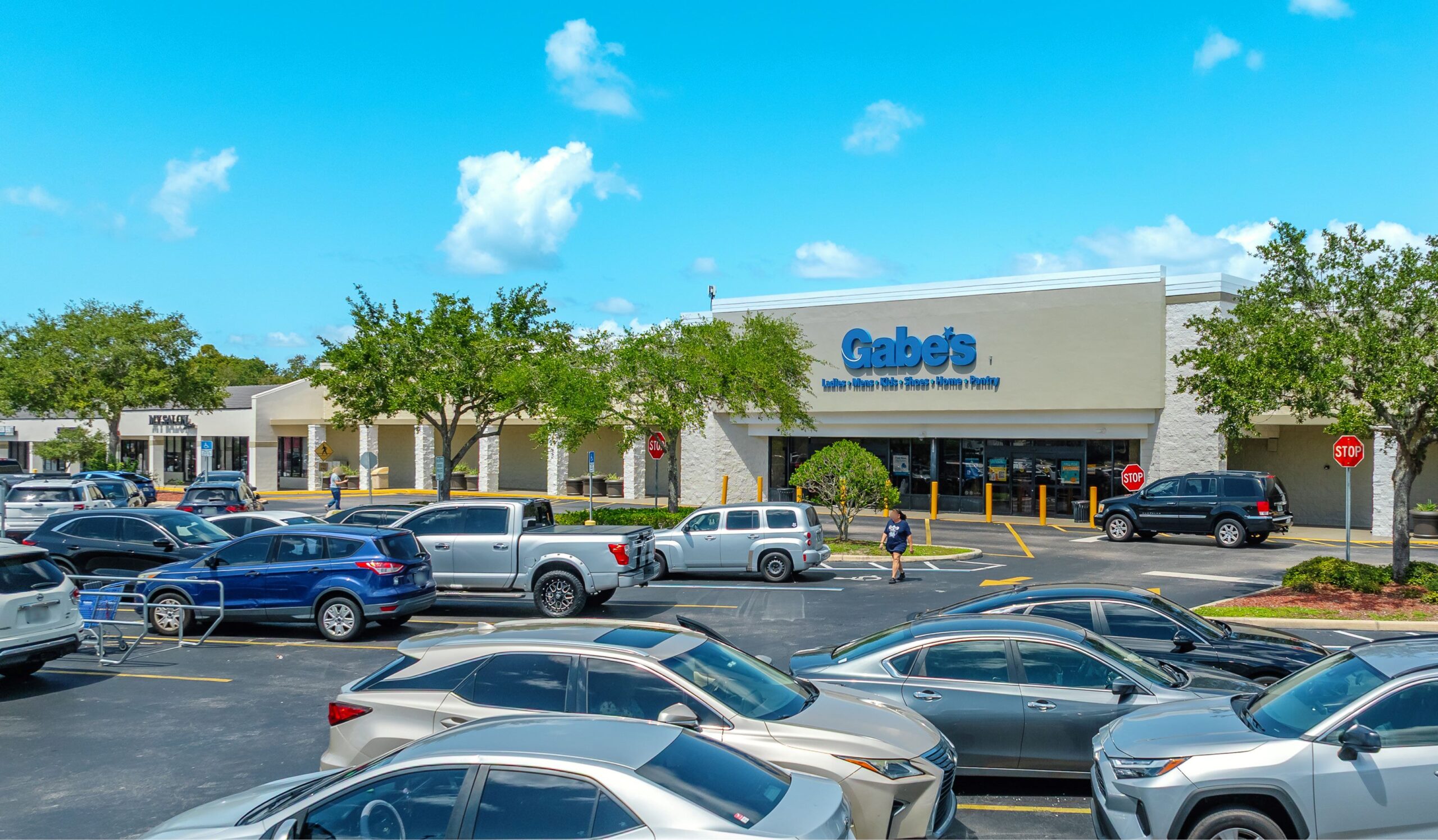C
anadians have elected Prime Minister Mark Carney and the Liberal Party of Canada to lead the country, bringing a new era of leadership and stability. With his impressive credentials, Carney is well-positioned to establish new trading partnerships and policies that will benefit Canada.
The past few months of leadership uncertainty in Canada, fueled by US tariff announcements, have had a chilling effect on commercial real estate decision-making. However, with the election settled, we can expect renewed certainty and forward momentum. The new government will be able to address challenges related to tariffs and trade relationships with other countries, including the US.
In Alberta, the outcome of the provincial election is significant, given its impact on policies that affect the province. Hopefully, Prime Minister Carney will reconnect with key stakeholders in this important region. Despite the minority Liberal government, there's potential for cooperation between Carney and Pierre Poilievre to achieve common goals for Canada.
Both parties have committed to eliminating the Goods and Services Tax (GST) for first-time homebuyers under $1 million, lowering taxes for the middle class, and creating a one-stop shop for energy infrastructure projects. These measures will benefit commercial real estate and the economy as a whole.
Looking ahead to 2025, the recovery in commercial real estate and the economy remains strong, with low unemployment and controlled inflation. Large companies continue to make long-term decisions, while smaller midcap and small-cap companies are more cautious due to uncertainty. With a new government in place, business confidence is expected to grow, leading to strategic decision-making.
The election outcome has also led to increased positivity for office conditions, with smaller transactions moving forward and local private buyers active in the market. Suburban office assets have emerged as a bright spot, driven by connectivity to employment bases and positive absorption rates. Return-to-office momentum is firming up, making this an asset class worth watching closely for patient investors.
Mark Fieder is president of Avison Young Canada.













